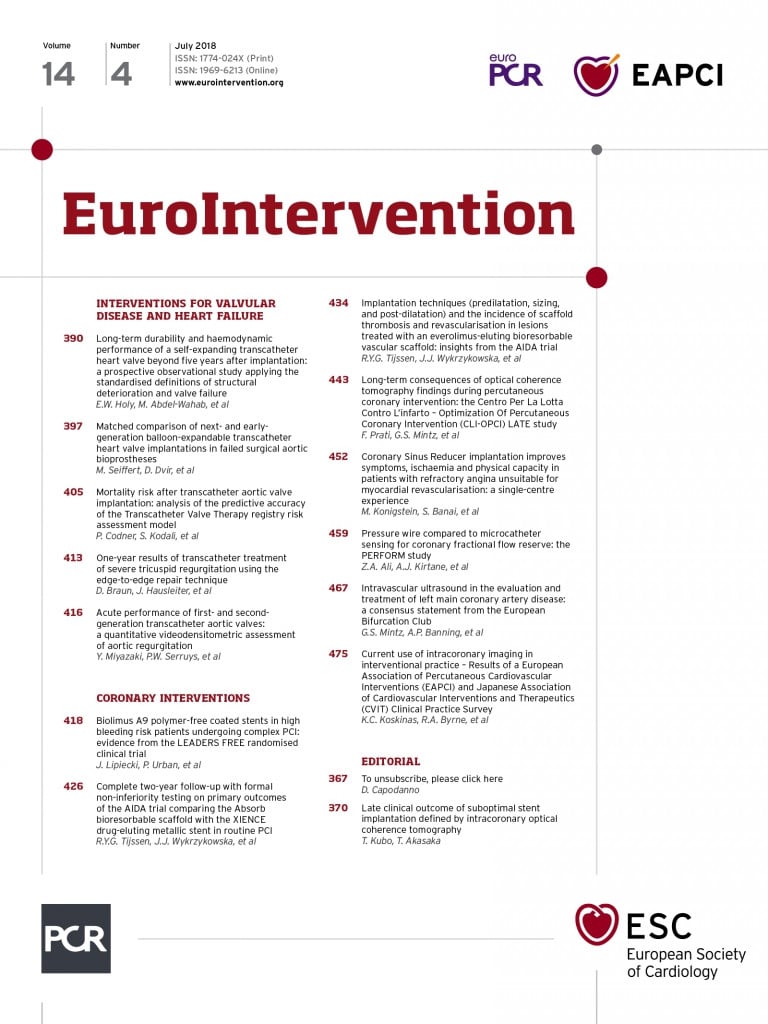
We are grateful for the interest of Dr Doshi in our paper. In order to avoid any misunderstandings, we would like to respond to his letter as follows. Almost all younger patients (of the unmatched overall cohort) receiving surgical aortic valve replacement (SAVR) were at low risk (96.8%). In contrast, significantly more TAVR patients were at least intermediate- or high-risk. This, most likely, reflects the individual assessment of the patients by the Heart Team which selected TAVR in these younger patients only if the operative risk was increased. These differences in baseline characteristics are most likely the main cause for the higher (unmatched) mortality of TF-TAVR patients. After careful propensity matching using the EuroSCORE II, mortality rates were not different, although there was still a significant difference in the logistic EuroSCORE I between SAVR and TAVR patients. It is well known that the logistic EuroSCORE I significantly overestimates mortality. For the German population, the German Aortic Valve score (GAV) has been shown to be much more suitable for predicting mortality after TAVR. Importantly, this GAV score was, similar to the logistic EuroSCORE II, not different between SAVR and TAVR patients after matching.
Dr Doshi suggests that alternative access may have impacted on the results of our analysis. However, only a small minority of the TAVR patients had subclavian or even transcarotid access. From the literature, which often comprises single-centre experiences in selected patients, it is not obvious that these alternative access routes confer higher success rates. It is very unlikely that the transfemoral first approach will change towards subclavian or even transcarotid first.
We have addressed the limitations of our analysis. The specific types of transcatheter heart valve used were not reported and thus we are unable to speculate on the potential impact on paravalvular leak after TAVR. Nevertheless, it is unlikely that paravalvular leak will affect short-term (in-hospital) outcomes, but it has been a predictor of midterm/long-term mortality. Nowadays, rates of significant paravalvular leak are very low to non-existing (Evolut™ Pro [Medtronic, Minneapolis, MN, USA], SAPIEN 3 [Edwards Lifesciences, Irvine, CA, USA]). We agree that TAVR is far from optimal for patients with stenotic bicuspid valves. However, failure of bicuspid valves often occurs earlier and at a younger age than the 65 to 74 years in the present analysis. Finally, we acknowledge that our analysis is registry-based and is not intended to replace randomised trials.
Conflict of interest statement
The authors have no conflicts of interest to declare.

